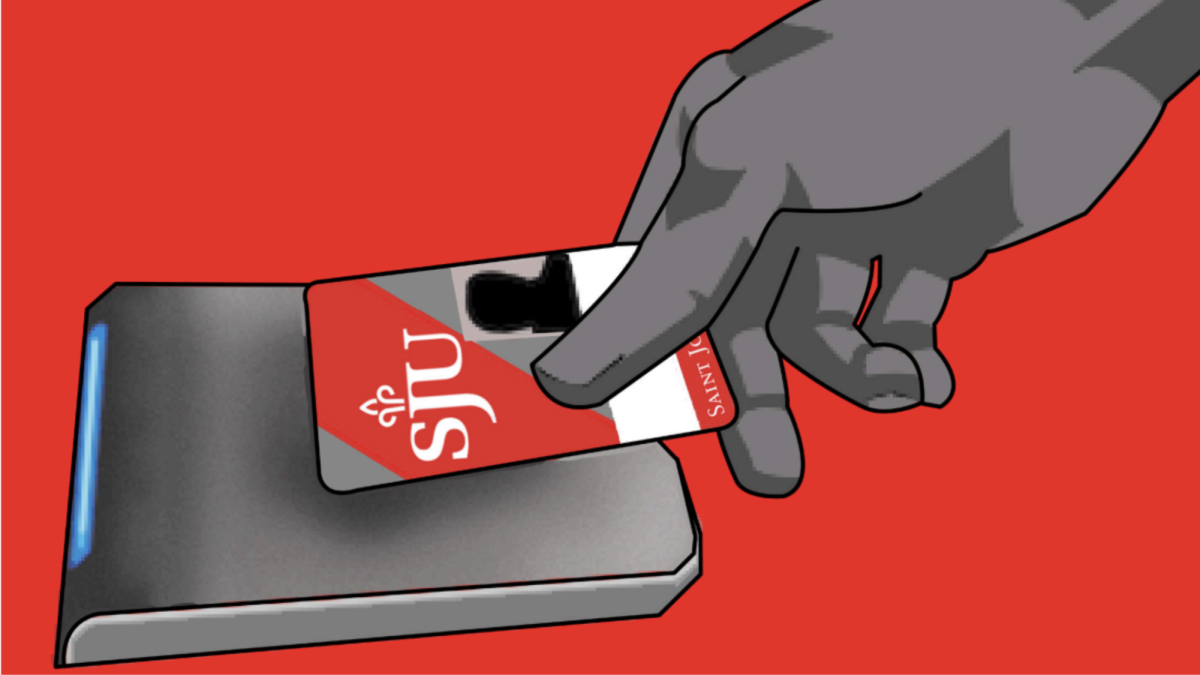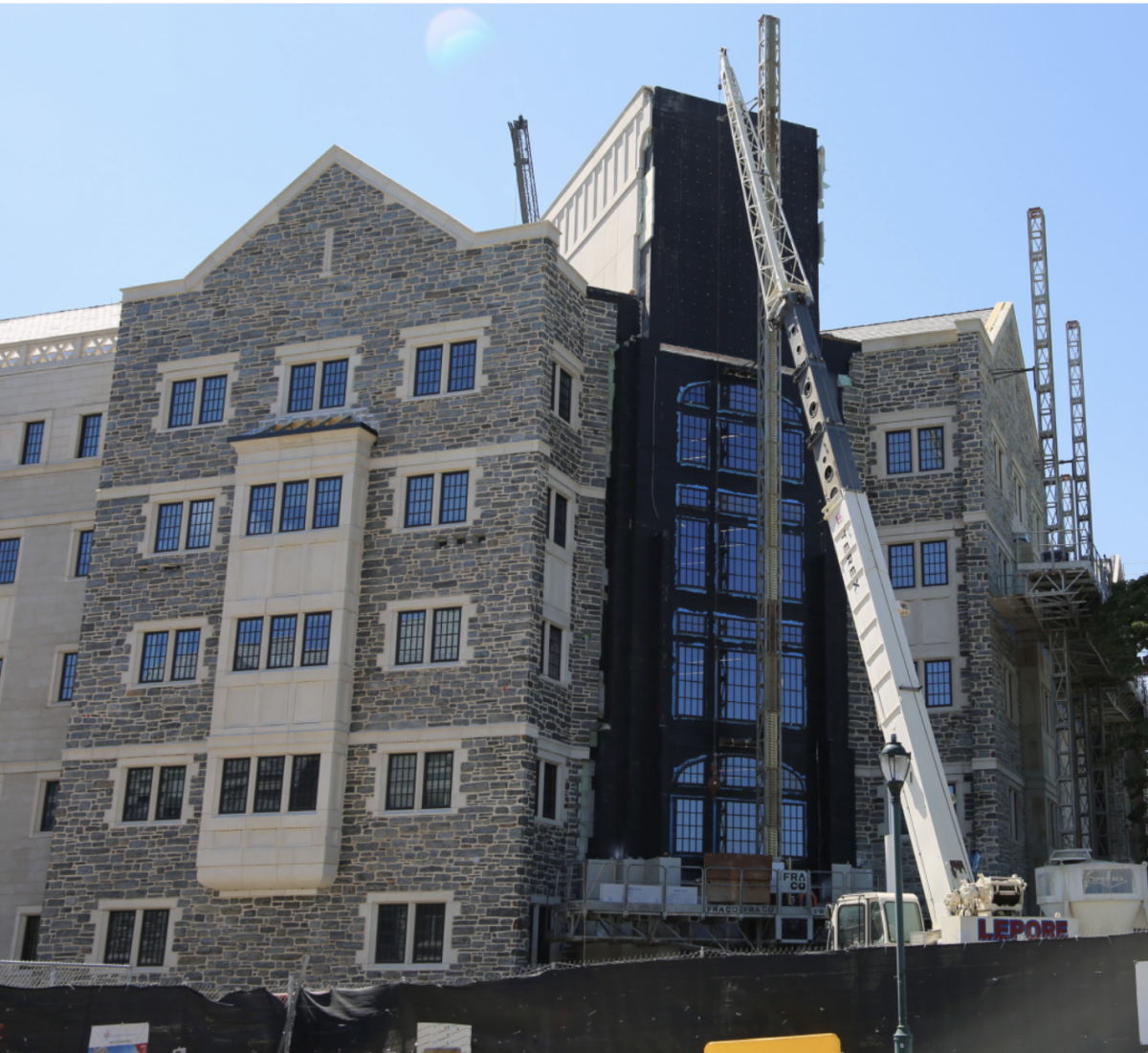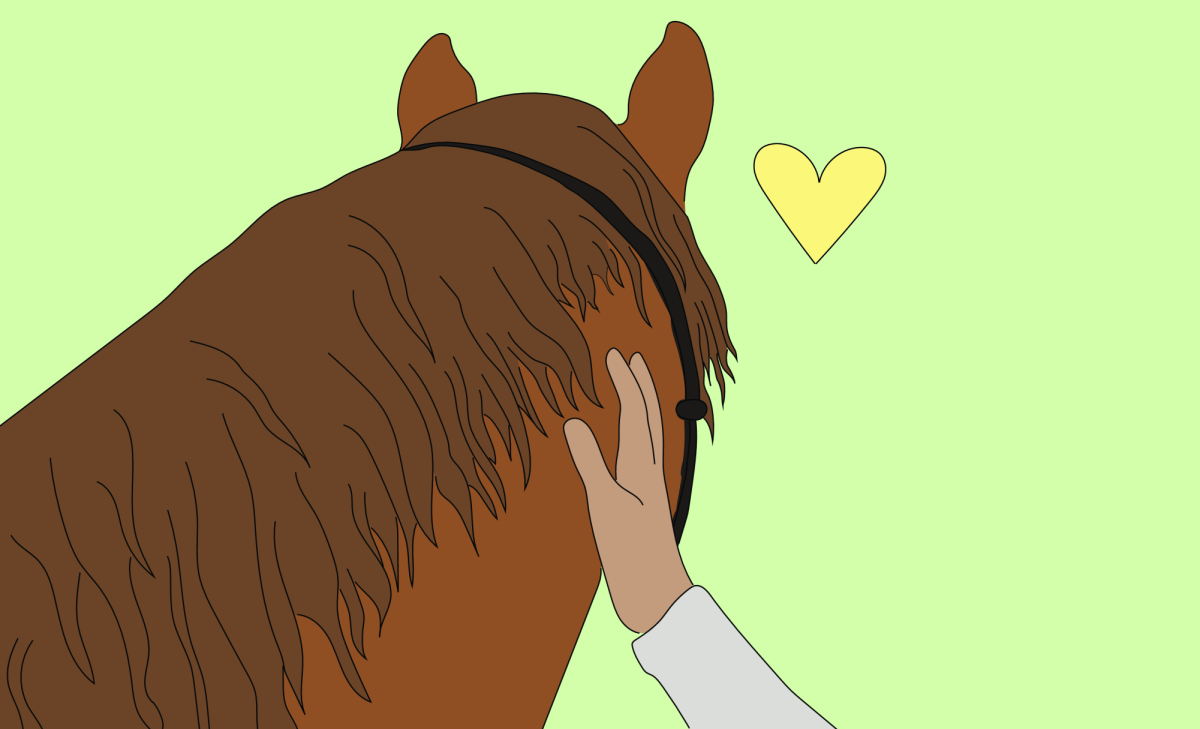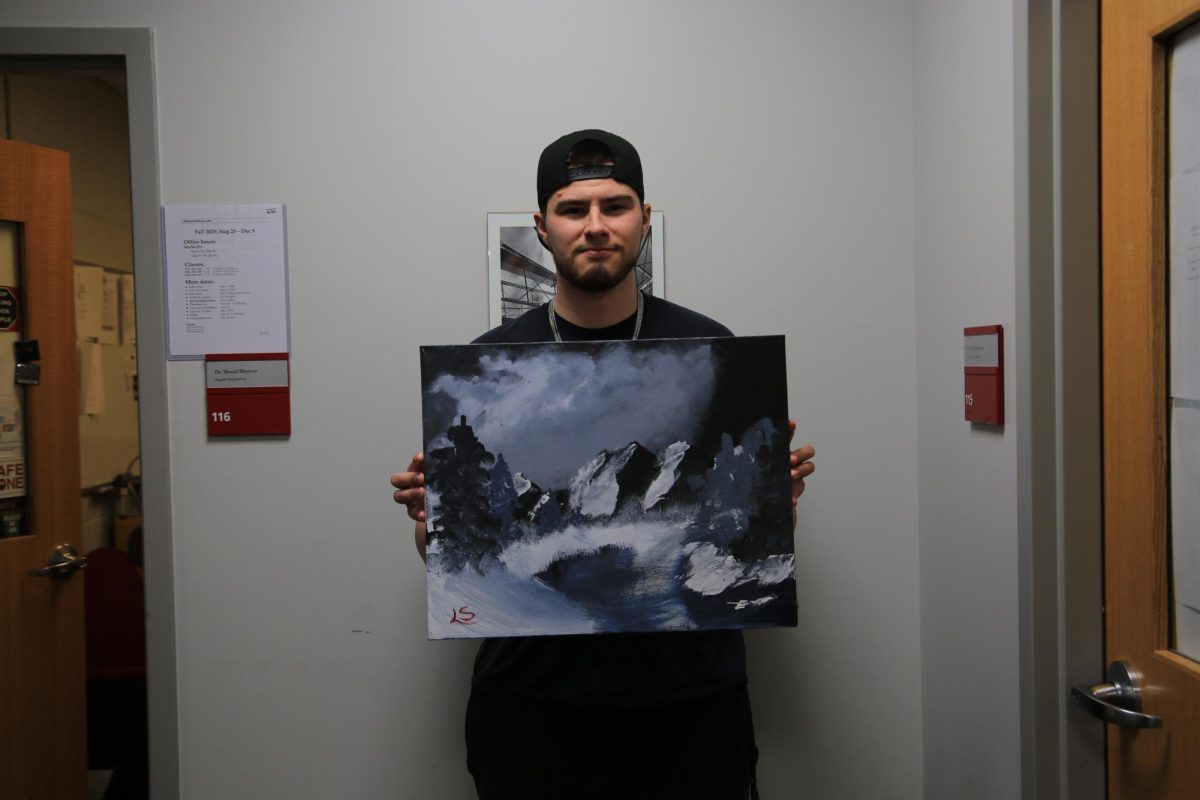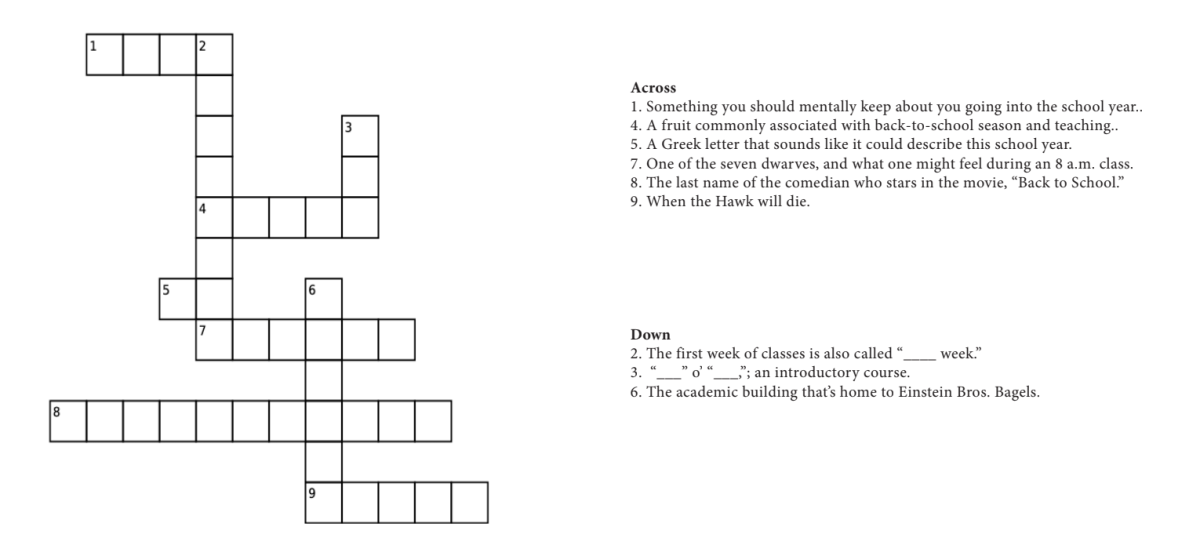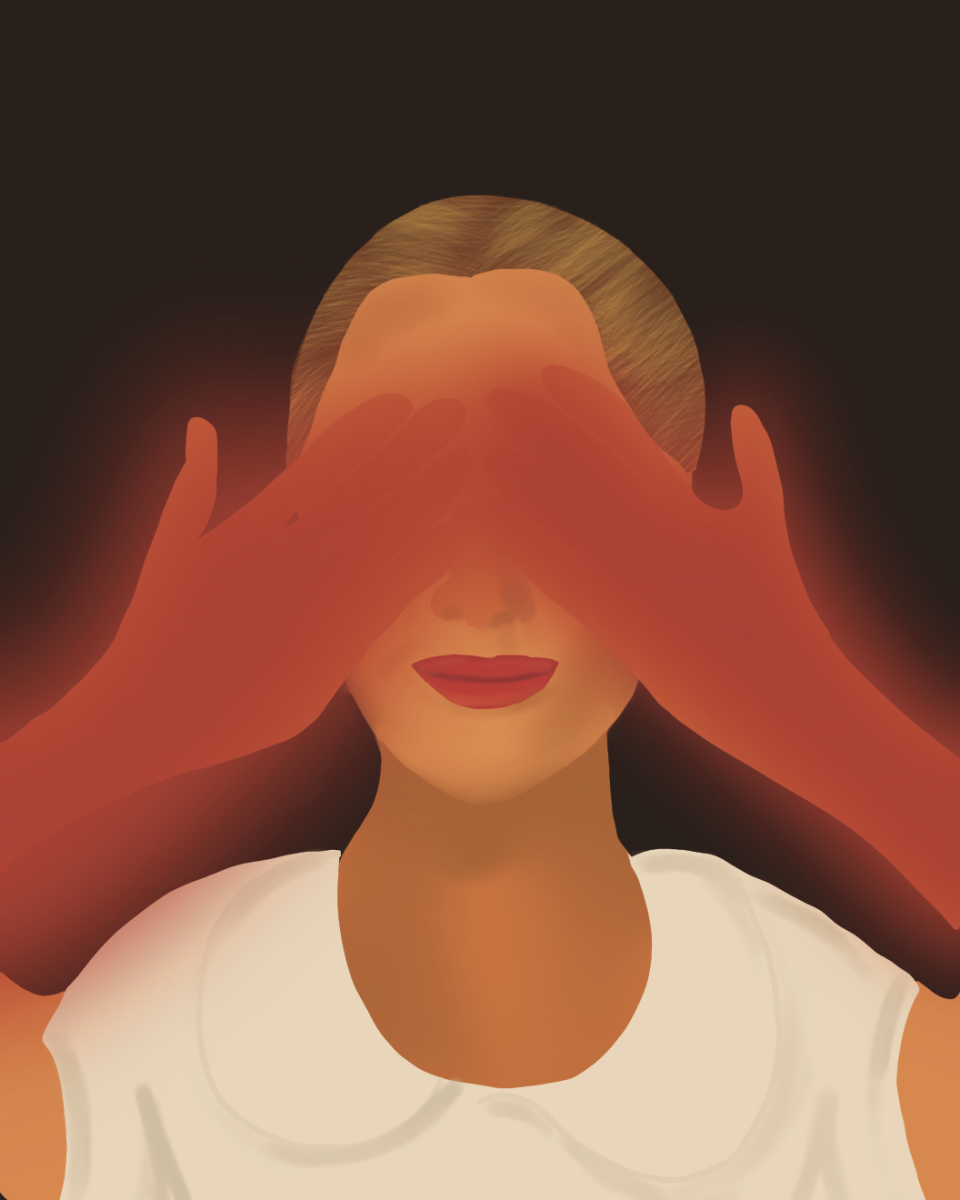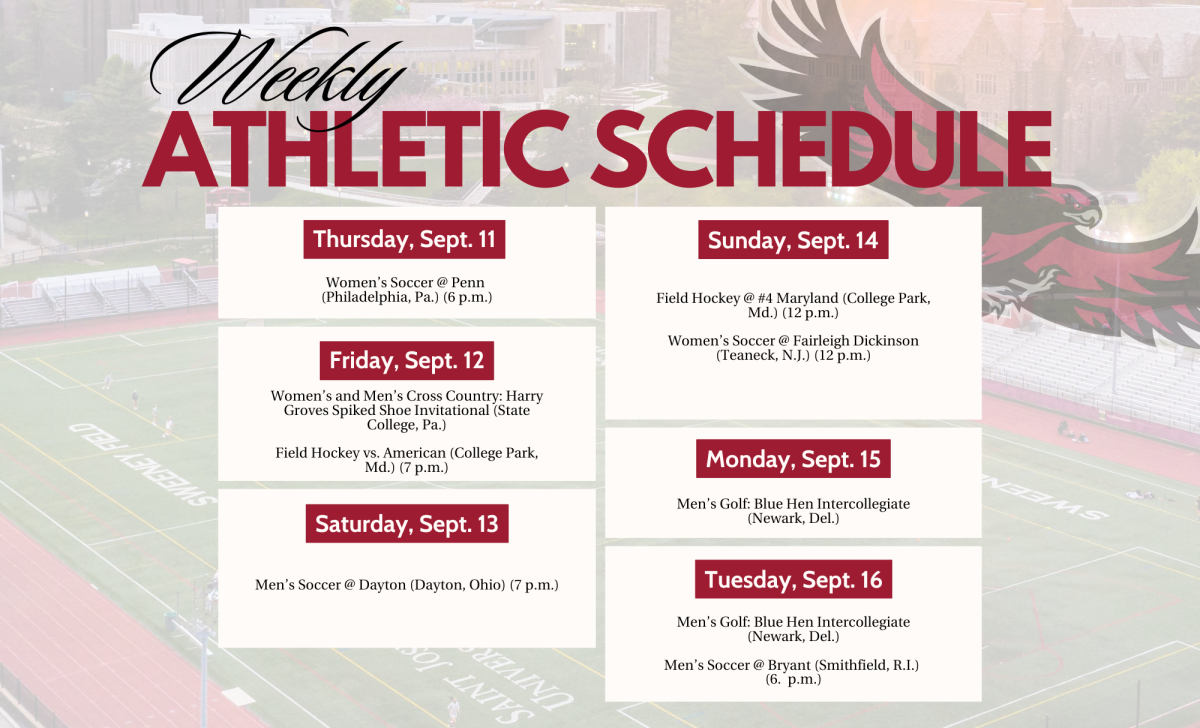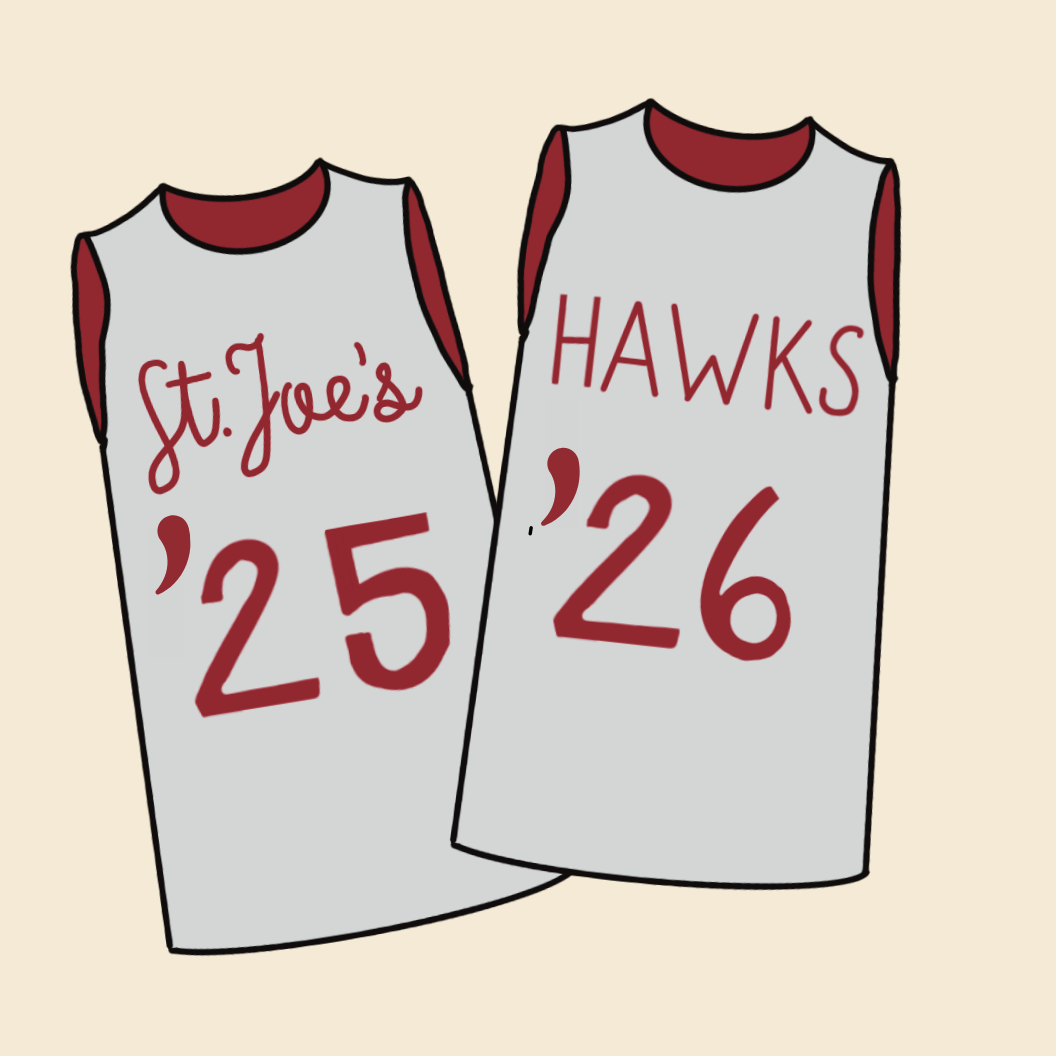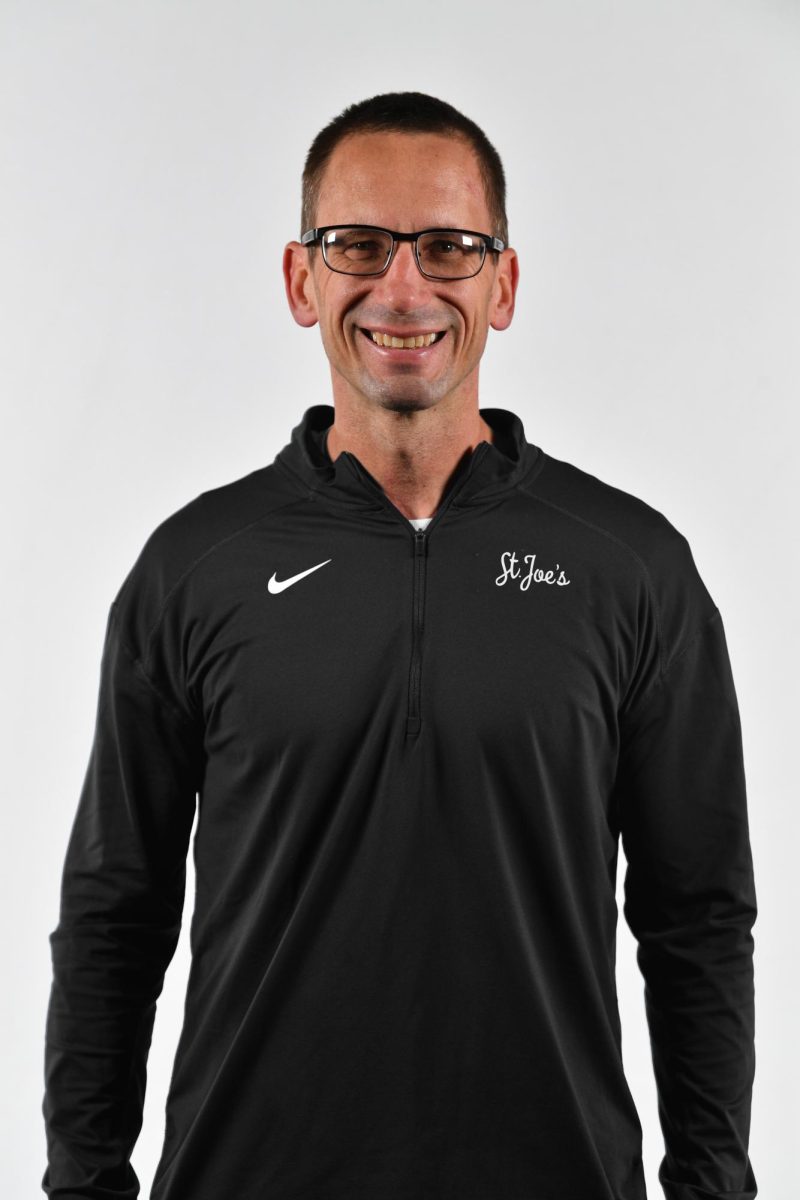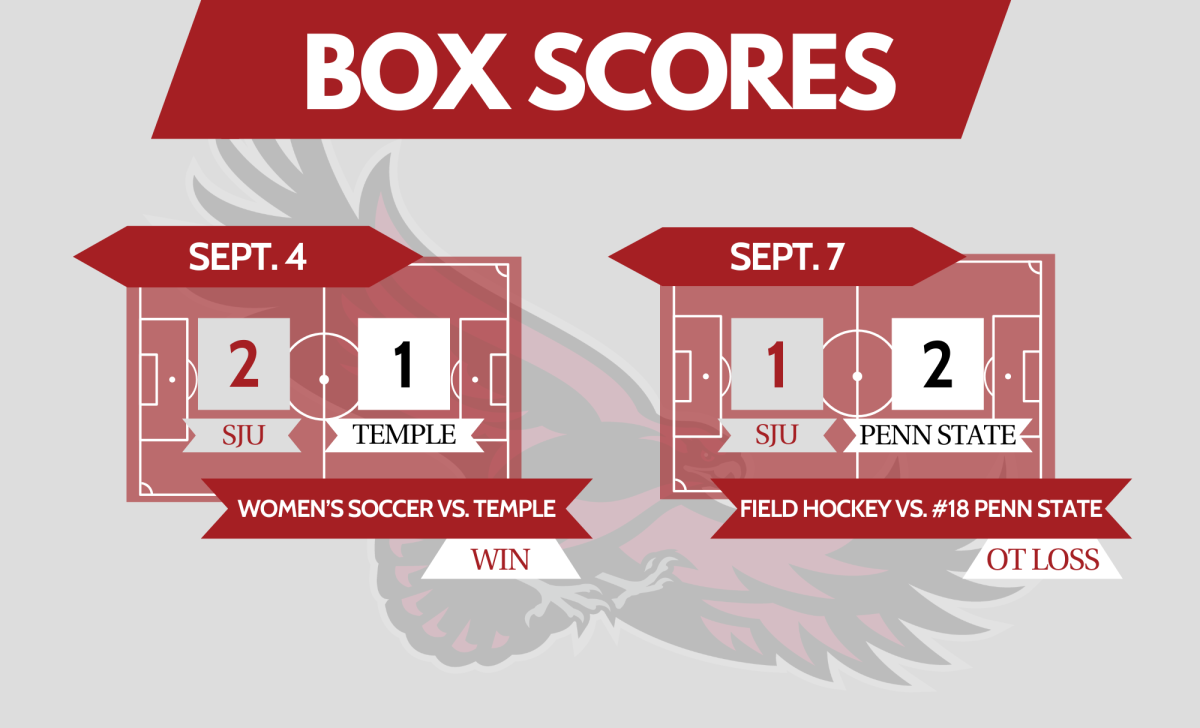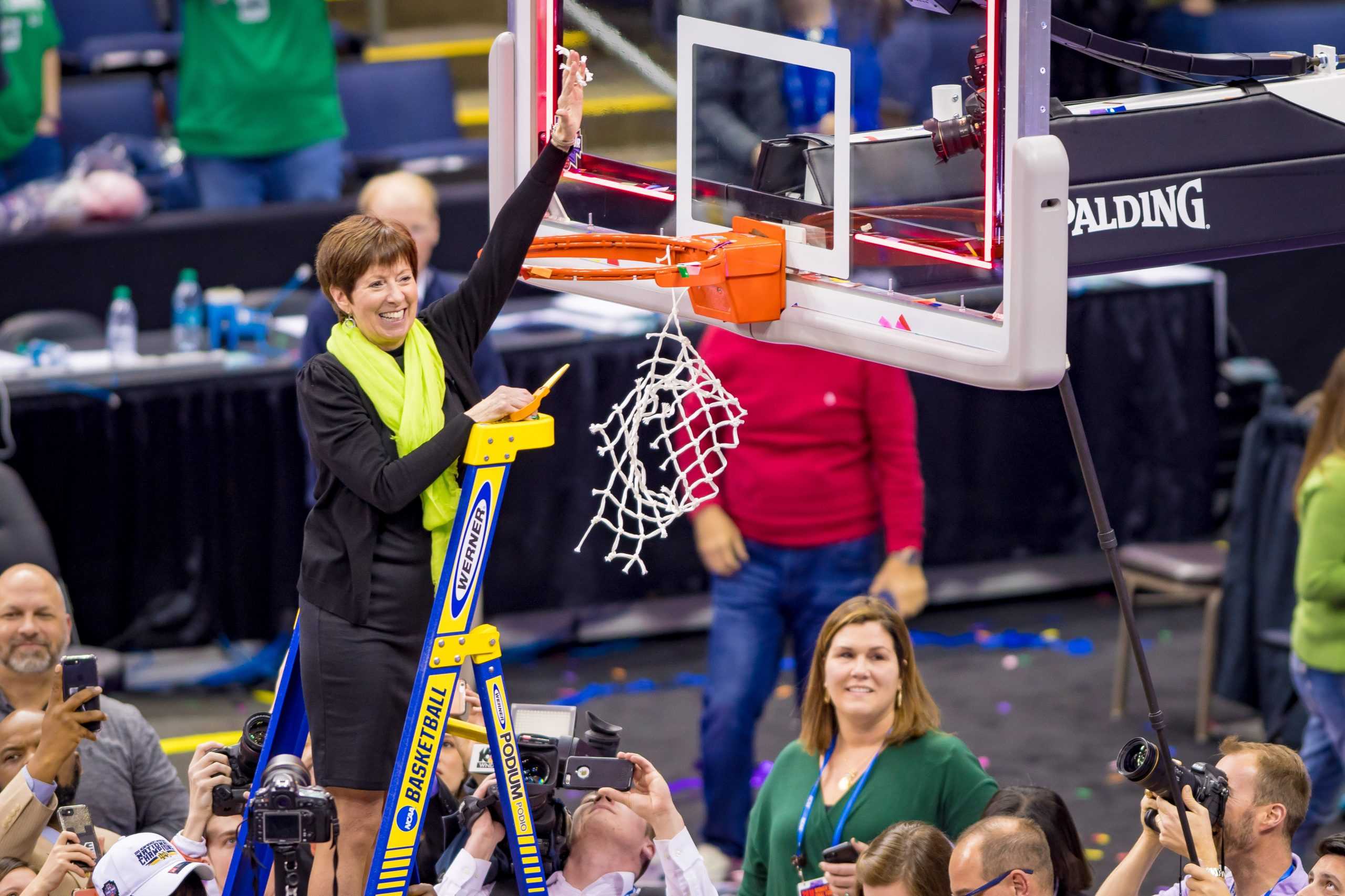Muffet McGraw ’77 led the St. Joe’s women’s basketball team to a 23-5 record her senior year, earning the Hawks a No. 3 national ranking in the final AP Poll of the 1977 season. McGraw would go on to have one of the most illustrious coaching careers in college basketball history.
Following one season playing for the California Dreams of the Women’s Professional Basketball League, in 1980 McGraw accepted an assistant coaching job at her alma mater where she coached for two seasons before earning a head coaching position with Lehigh University.
Six successful seasons at Lehigh led to McGraw being offered the head coaching job at the University of Notre Dame. In 33 seasons with the Fighting Irish, McGraw would earn two national championships, making nine Final Four appearances on her way to being one of five coaches in men’s and women’s college basketball history to exceed 930 wins. In 2017, McGraw was inducted into the Naismith Memorial Basketball Hall of Fame, becoming just the 32nd women ever to do so and the 13th female coach.
The Hawk spoke with McGraw about the importance of women in sports, gender disparities in coaching and the differences in amenities that have made headlines during this year’s men’s and women’s NCAA Basketball Tournaments.
How do gender disparities within the NCAA impact student athletes?
It’s time to take a hard look at how the NCAA is treating their female athletes as opposed to their male student athletes. I think that the pandemic, if nothing else positive comes out of it, showed how our seasons were exactly the same in every way. Then we get to the postseason and now suddenly there’s a stark contrast between how [men] are treated and how the women are treated.
It’s great that they pull back the curtain and everybody gets to see this is how the NCAA operates. This is an institution that’s supposed to be about college athletics and college athletes, and they clearly value their male student athletes more than they value the female student athletes.
I think seeing all these disparities and inequities, and some of them seem small. For the outside observer they’re looking to say, “Why don’t you just buy a court if you don’t like playing [the NCAA Tournament] on a college campus?” and “Why don’t you use the March Madness logo?” But we find out that we’re not allowed to use the March Madness logo because that is expressly for the men and that’s a decision the NCAA made.
So there’s just so many differences in this particular situation where you can see the comparisons should be even more equal and they’re not. The underlying message that they’re sending to women is we don’t value you, you don’t deserve better.
With the recent inequities that we’ve seen between the NCAA men’s and women’s basketball tournament amenities, how can the NCAA ensure equality between men’s and women’s athletics?
The first thing you need is leadership. You need a leader who values both properties, both the men’s and the women’s tournament. You need some oversight, you need somebody whose job it is to look into both tournaments and say, “Here’s what we’re doing for the men, here’s what we’re doing for the women.”
Those should be joint meetings because we’re talking about postseason basketball when we’re talking about courts and how they’re going to look and what they’re going to say and what we’re going to be giving these student athletes. We’re talking about how we are feeding them. We’re in a pandemic, let’s brainstorm some ideas for what is the best way to give them the food that they need. People think women don’t eat as much as men, which is just an incredible stereotype and a huge fallacy as far as basketball is concerned. The [men’s and women’s tournaments] work independently and that doesn’t work, so they need somebody to bring them together and to have some real oversight.
Only about 13-14% of NCAA head coaches are racial minorities. Why is it important to have adequate racial representation in coaching?
I think the more diverse our staff is the better we are. The more that we work together with people who have a different way of looking at things, have different backgrounds, they can relate to the players differently. I want everybody on my team to have somebody on the staff that they can relate to in terms of what they’ve been through in their life experience, and I think that’s important.
It’s important for women to be able to look up and see women leading. I mean, my teams were always more than 50% African American women so I need to have that representation on my staff. The staff needs to look like the team so that they can see their path to someday being a leader and use them [as] role models, so I think that that is a real problem in both men’s and women’s athletics.
How can the NCAA recruit more female coaches?
We have to make a conscious effort to hire them and that’s not happening. Obviously sport is a very male dominated place, but women are breaking in. You’re seeing that in pro sports, you see it in the NBA. Major League Baseball has the first female [general manager], even hockey hired a skating coach who’s a woman. Every sport now is looking to say “Why haven’t we been hiring women? Let’s take a look at that.” Every corporation across the country is looking at how they can hire and promote more diversity, how can we get more women, more people of color. Where everybody else is looking in that direction it seems like athletics is the perfect place to start because we have so many more people who play the game.


